Step inside and embark on a riveting 180-year journey through time, delving deep into the heart-wrenching tales of those who laid the very foundation of our great nation. Prepare to be awestruck by our acclaimed exhibit, where you will not only witness the struggles and triumphs of our ancestors but also find yourself transported to another era.
Feel the resonance of history within the walls of our replica sod house, inhale the essence of the past along our scenic hike/bike trail, and let nostalgia sweep over you as you feed the fish from our charming vintage bridge at the tranquil pond.
Do not let this extraordinary chance slip away to connect with the very soul of America. Step into the Archway, where history breathes and unforgettable memories are woven. Plan your visit today and let the spellbinding journey unfold.
Standing proudly above I-80 at Exit 275 in Kearney, NE, the Archway serves as a beacon of the unyielding American spirit.
Note: Tours Stop @4:30pm.
Нью-Йорк
Досліджуйте
 Унікальний досвід
Унікальний досвід
 Подорожі та транспортні послуги
Подорожі та транспортні послуги
 Тури, екскурсії та круїзи
Тури, екскурсії та круїзи
 Квитки та перепустки
Квитки та перепустки
 Квитки та перепустки на спортивні події
Квитки та перепустки на спортивні події
 Мала група
Мала група
 Сезонні та особливі випадки
Сезонні та особливі випадки
 Застосовані санітарні заходи
Застосовані санітарні заходи
 Заходи на свіжому повітрі
Заходи на свіжому повітрі
 Ймовірно, буде розпродано
Ймовірно, буде розпродано
 ЛГБТ-дружні тури
ЛГБТ-дружні тури
 Зручно для дітей
Зручно для дітей
 Залучає тварин
Залучає тварин
 Добре, щоб уникнути натовпу
Добре, щоб уникнути натовпу
 Їжа та напої
Їжа та напої
 Відмінна якість
Відмінна якість
 Заняття та семінари
Заняття та семінари
 Найкраще перетворення
Найкраще перетворення
 Аудіогіди
Аудіогіди
 Мистецтво та культура
Мистецтво та культура
 Віатор Плюс
Віатор Плюс
 Sustainable Tours
Sustainable Tours
 Limousine Transfers
Limousine Transfers
 Donut Walking Tour
Donut Walking Tour
 Virtual Experiences
Virtual Experiences
 Additional fees
Additional fees
 DSA non-compliant
DSA non-compliant
 Унікальний досвід
Унікальний досвід
 Подорожі та транспортні послуги
Подорожі та транспортні послуги
 Тури, екскурсії та круїзи
Тури, екскурсії та круїзи
 Квитки та перепустки
Квитки та перепустки
 Квитки та перепустки на спортивні події
Квитки та перепустки на спортивні події
 Мала група
Мала група
 Сезонні та особливі випадки
Сезонні та особливі випадки
 Застосовані санітарні заходи
Застосовані санітарні заходи
 Заходи на свіжому повітрі
Заходи на свіжому повітрі
 Ймовірно, буде розпродано
Ймовірно, буде розпродано
 ЛГБТ-дружні тури
ЛГБТ-дружні тури
 Зручно для дітей
Зручно для дітей
 Залучає тварин
Залучає тварин
 Добре, щоб уникнути натовпу
Добре, щоб уникнути натовпу
 Їжа та напої
Їжа та напої
 Відмінна якість
Відмінна якість
 Заняття та семінари
Заняття та семінари
 Найкраще перетворення
Найкраще перетворення
 Аудіогіди
Аудіогіди
 Мистецтво та культура
Мистецтво та культура
 Віатор Плюс
Віатор Плюс
 Sustainable Tours
Sustainable Tours
 Limousine Transfers
Limousine Transfers
 Donut Walking Tour
Donut Walking Tour
 Virtual Experiences
Virtual Experiences
 Additional fees
Additional fees
 DSA non-compliant
DSA non-compliant




 uk
uk
 English
English
 Russian
Russian
 French
French
 Polish
Polish
 Serbian
Serbian
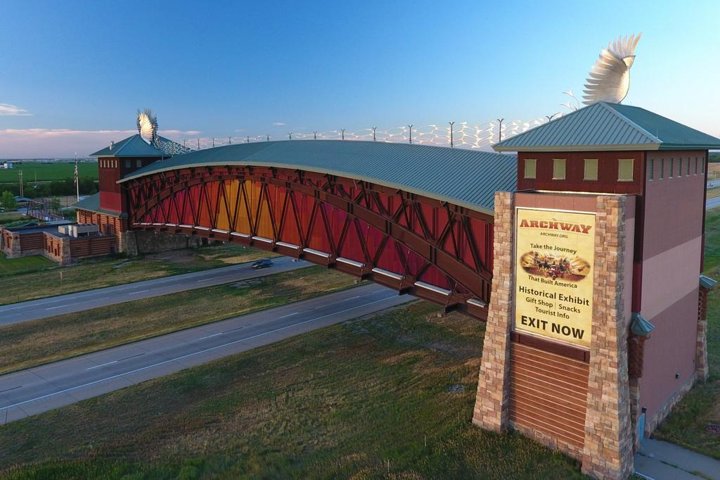
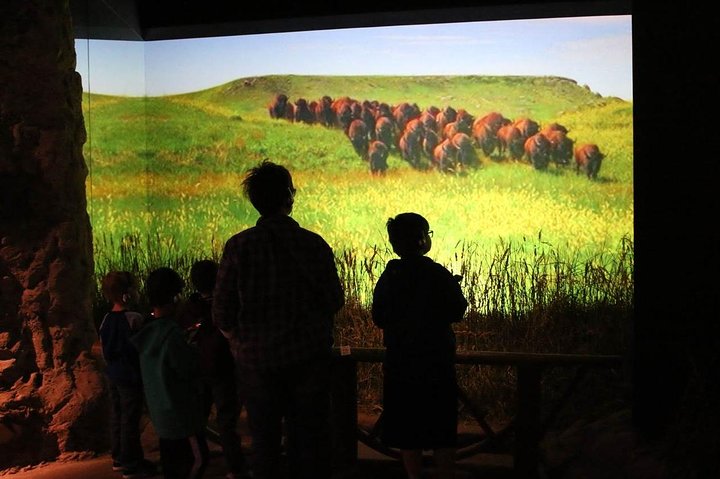
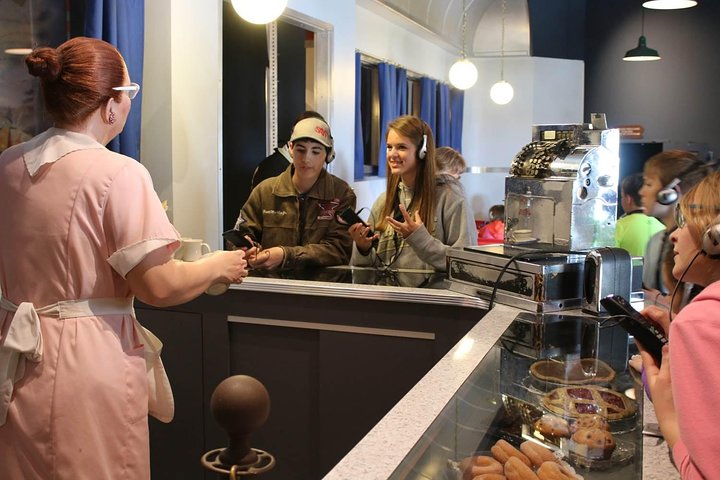
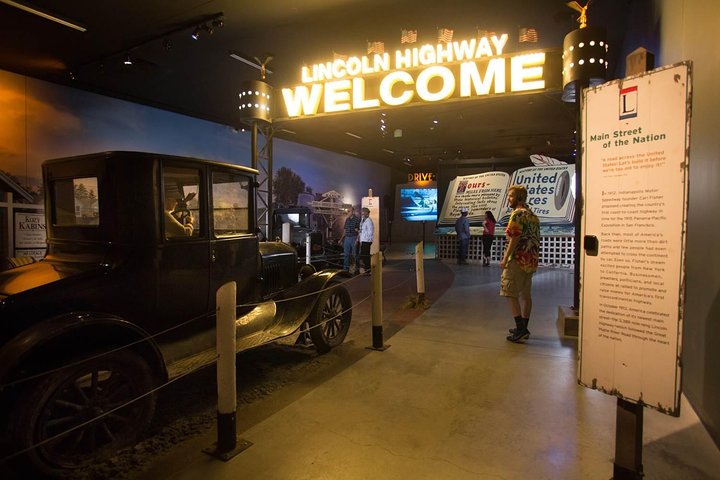
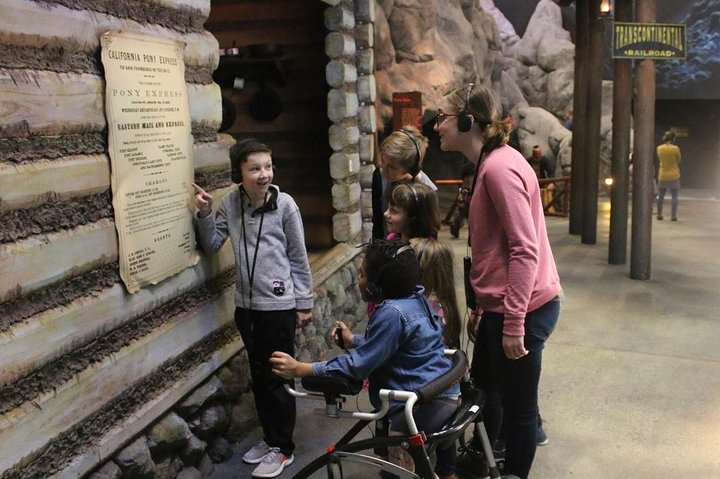
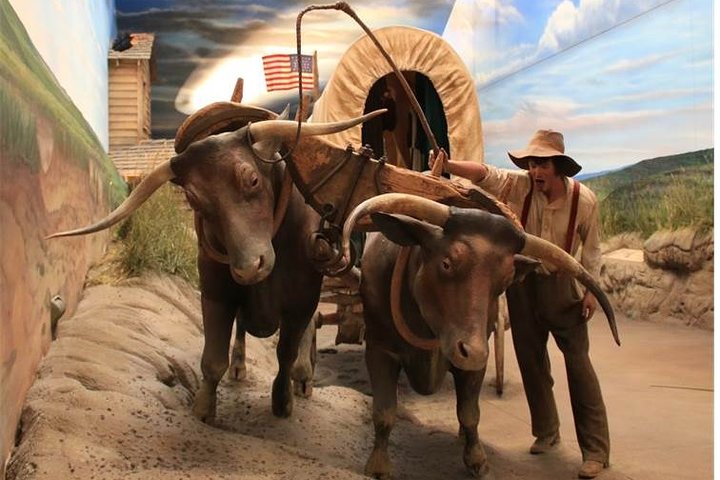
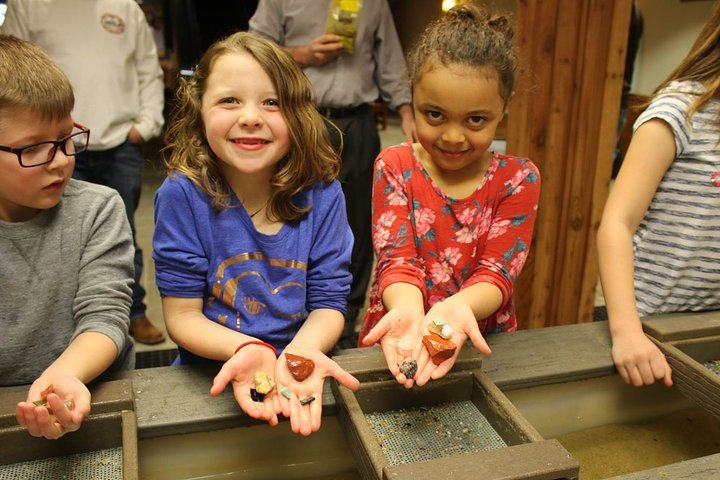








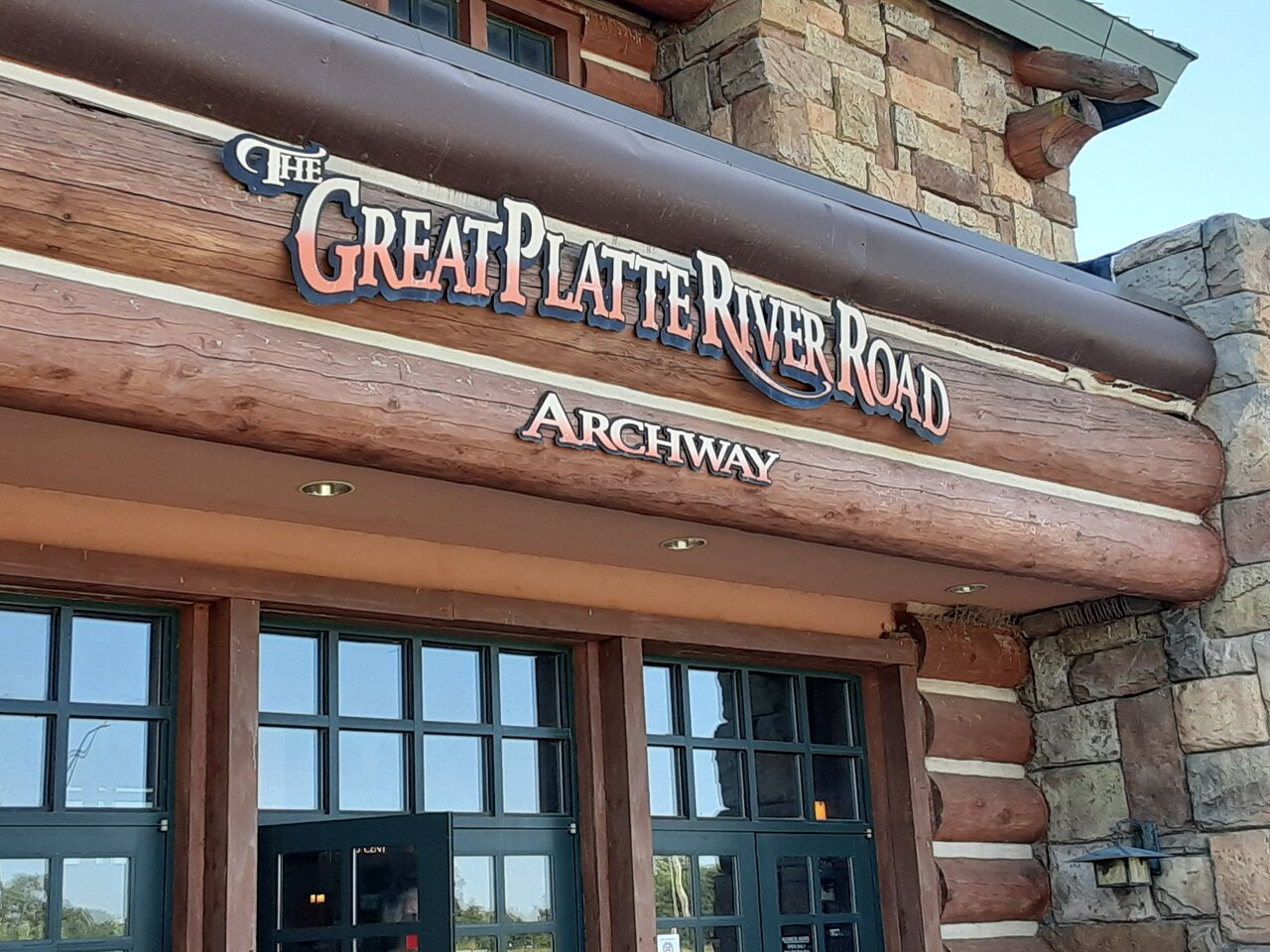

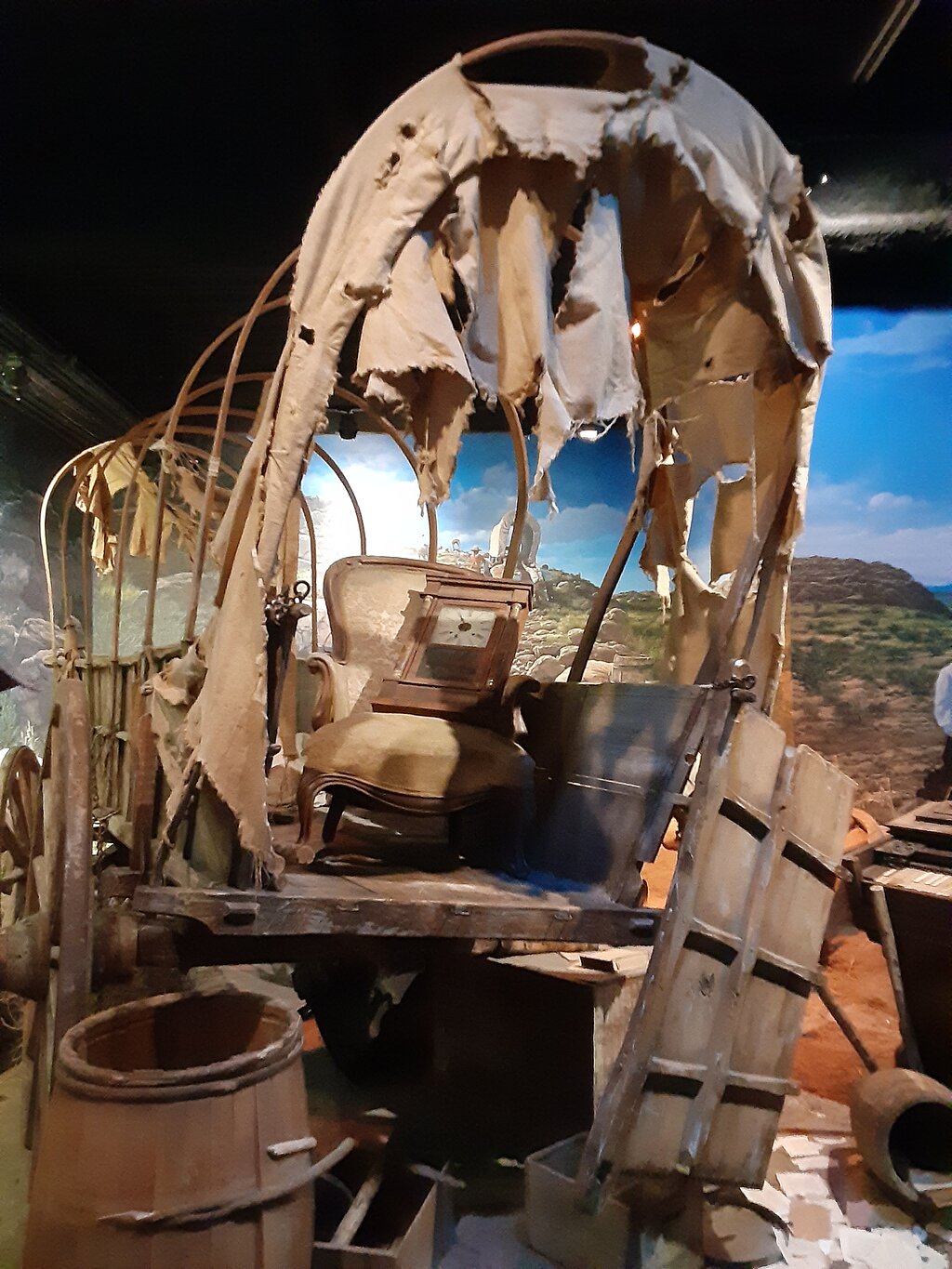




 більше
більше
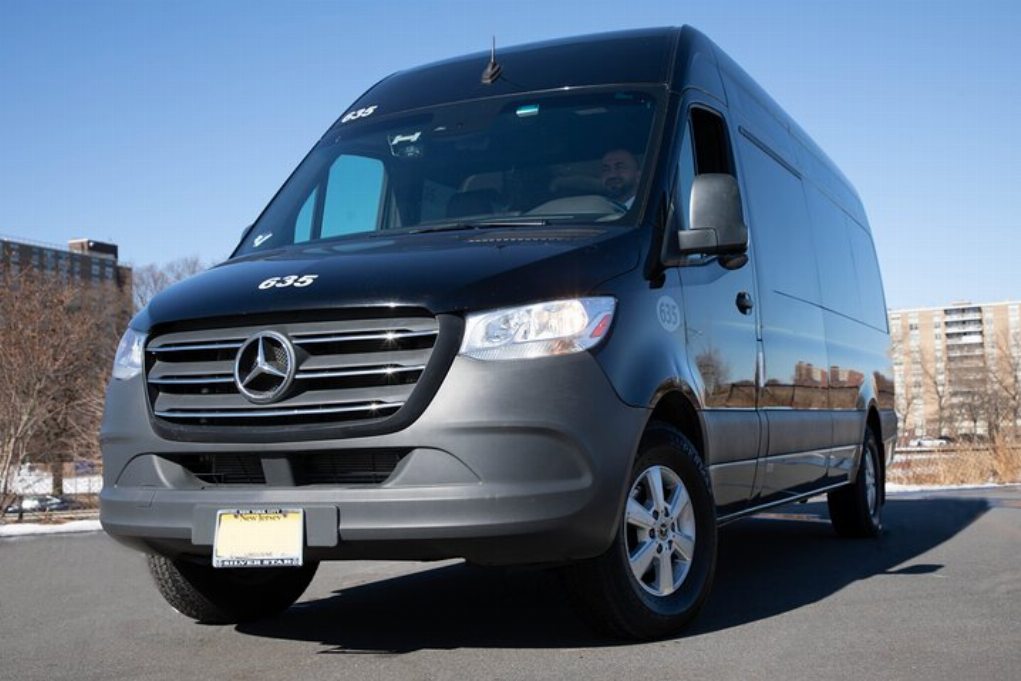
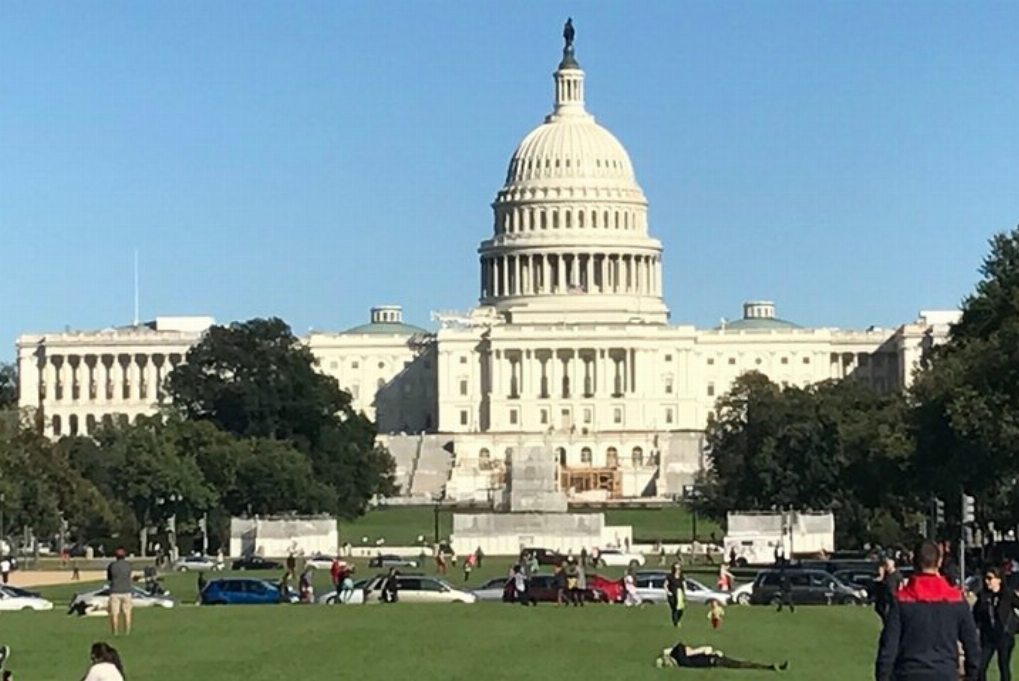
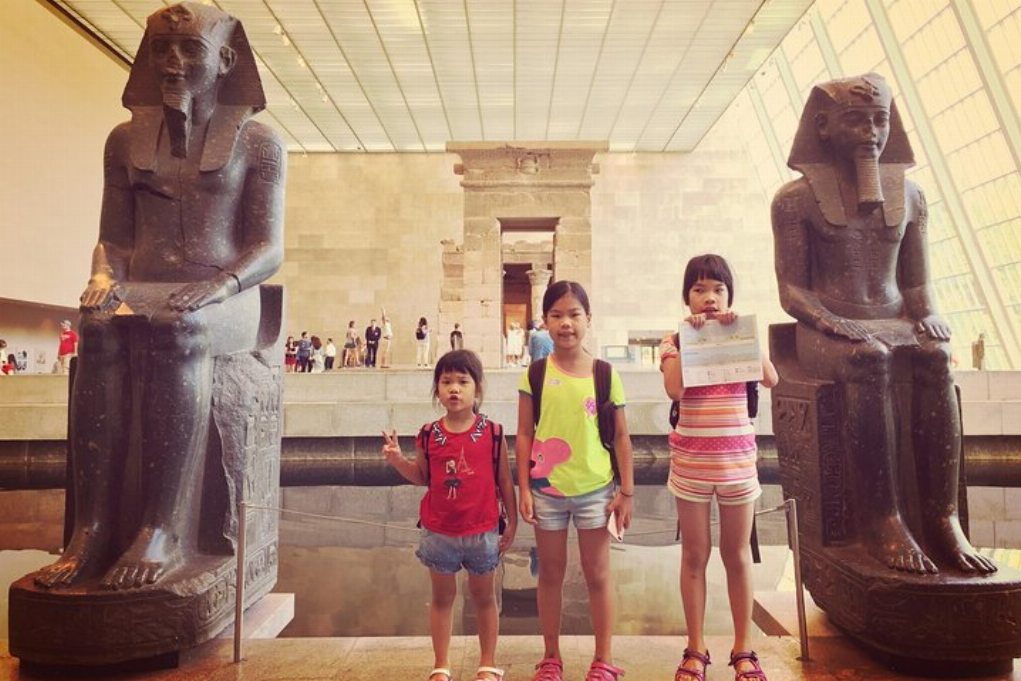
 Продовжуйте з Google
Продовжуйте з Google
 Продовжуйте з Facebook
Продовжуйте з Facebook
 Продовжуйте з Twitter
Продовжуйте з Twitter

